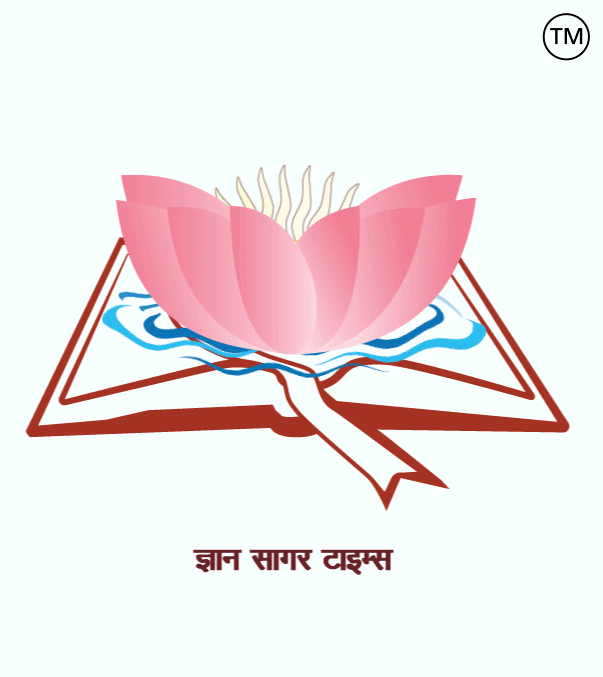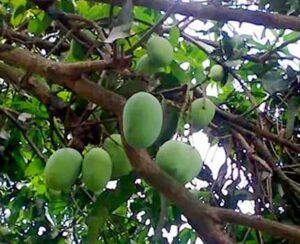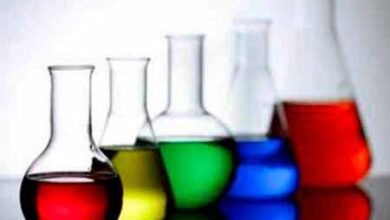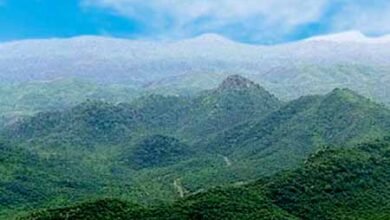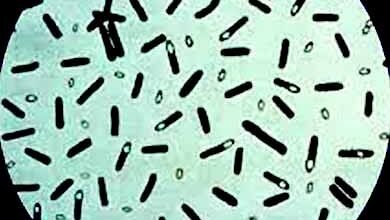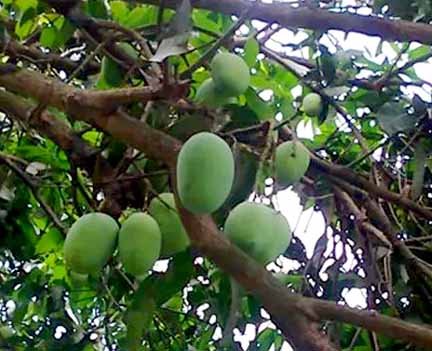
Related to botany -185.
|
1. Respiratory roots are found in which plant – Jussiaea. 2. From which plant sago (sabudana) is obtained – Cycas. 3. Prop roots are – Adventitious roots. 4. From which part roots developed – Radicle. 5. What is a type of carrot – Root. 6. Which is the edible part of the turmeric plant – Rhizome. 7. Onion is a modified form of – Stem. 8. Which plants have the ability of nitrogen fixation – Gram and other Pulses. 9. The main component of honey is – fructose. 10. The best source of Vitamin C is – Amla. 11. Whose quantity is maximum in spinach leaves – Iron. 12. What is the maximum amount of iron found – Green Vegetables. 13. The cell wall of algae is made up of which substance – Cellulose. 14. The red colour of the Red Sea is due to the presence of – Blue green algae (BGA). 15. Quinine is obtained – Cinchona. 16. Which is the edible part of cauliflower – Inflorescence. 17. Generally what is not required for germination is light. 18. ‘Stem cutting’ is generally used for the propagation of – Sugarcane. 19. Which is the edible part of a coconut? – Endosperm. 20. What is the botanical name of the mango plant – Mangifera indica. 21. What is fertilization – The fusion of a male gamete with an ovum. 22. Which is the largest flower in the world – Rafflesia. 23. Which is the most important part of the plant from the point of view of the life cycle – Flower. 24. Which is the main cereal crop of India – Rice. 25. Leaves have two main functions – Photosynthesis and transpiration. 26. The fruit of which plant is found underground – Groundnut. 27. Leaves get a green color by – Chloroplast. 28. Turpentine oil is obtained – Pine. 29. Commonly used spice ‘Clove’ is obtained from where – Flower bud. 30. The water available to the roots of plants in the soil is – Capillary water.
Dr. (Pro.) Amrendra Kumar. ============= ============ =========== वनस्पति विज्ञान से संबंधित-185. 1. श्वसन मूल किस पौधे में पाई जाती हैं – जुसिया. 2. साबूदाना’ किससे प्राप्त होता है – साइकस. 3. स्तम्भ मूल होती हैं – अपस्थानिक जड़ें. 4. जड़ें किस भाग से विकसित होती हैं – मूलांकुर. 5. गाजर एक प्रकार से क्या है – जड़. 6. हल्दी के पौधे का खाने योग्य हिस्सा कौन-सा होता है – प्रकन्द. 7. प्याज किसका परिवर्तित रूप है – तने. 8. कौन से पौधों में नाइट्रोजन स्थायीकरण की क्षमता होती है – चना एवं अन्य दलहन. 9. शहद का प्रमुख घटक है – फ्रक्टोज. 10. विटामिन सी का सबसे उत्तम स्रोत है – आँवला. 11. पालक के पत्तों में में किसकी मात्रा सबसे अधिक होती है – लोहा. 12. किसमें लोहे का अंश सबसे अधिक पाया जाता है – हरी सब्जियों. 13. शैवालों की कोशिका भित्ति किस पदार्थ की बनी होती है – सेल्यूलोज. 14. लाल सागर का लाल रंग किसकी उपस्थिति के कारण होता है – नील हरित शैवाल (BGA). 15. कुनैन किससे प्राप्त होता है – सिनकोना. 16. फूलगोभी का खाने योग्य भाग कौन-सा होता है – पुष्पक्रम. 17. सामान्यत: अंकुरण के लिए किसकी आवश्यकता नहीं होती है – प्रकाश. 18. ‘तना काट’ आमतौर पर किसके प्रवर्धन के लिए प्रयोग किया जाता है – गन्ना. 19. नारियल का खाने योग्य भाग कौन-सा होता है – भ्रुणपोष. 20. आम के पौधे का वानस्पतिक नाम क्या है – मेंगीफ़ेरा इण्डिका. 21. निषेचन क्रिया क्या है – एक नर युग्मक का अण्डाणु से संयोजन. 22. दुनिया का सबसे बड़ा पुष्प कौन-सा है – रेफ्लेसिया, 23. जीवन-चक्र की दृष्टि से पौधे का सबसे महत्त्वपूर्ण अंग कौन-सा है – पुष्प. 24. भारत की प्रमुख धान्य फ़सल कौन-सी है – चावल. 25. पत्तियों के दो मुख्य कार्य होते हैं – प्रकाश संश्लेषण व वाष्पोत्सर्जन. 26. किस पौधे का फल भूमि के नीचे पाया जाता है – मूंगफली. 27. पत्तियों को हरा रंग किसके द्वारा प्राप्त होता है – क्लोरोप्लास्ट. 28. तारपीन का तेल किससे प्राप्त किया जाता है – चीड़. 29. सामान्य प्रयोग में आने वाला मसाला ‘लौंग’ कहाँ से प्राप्त होता है – फूल की कली. 30. भूमि में पौधों की जड़ों के लिए उपलब्ध जल होता है – केशिका जल.
डॉ. ( प्रो.) अमरेंद्र कुमार.
|

